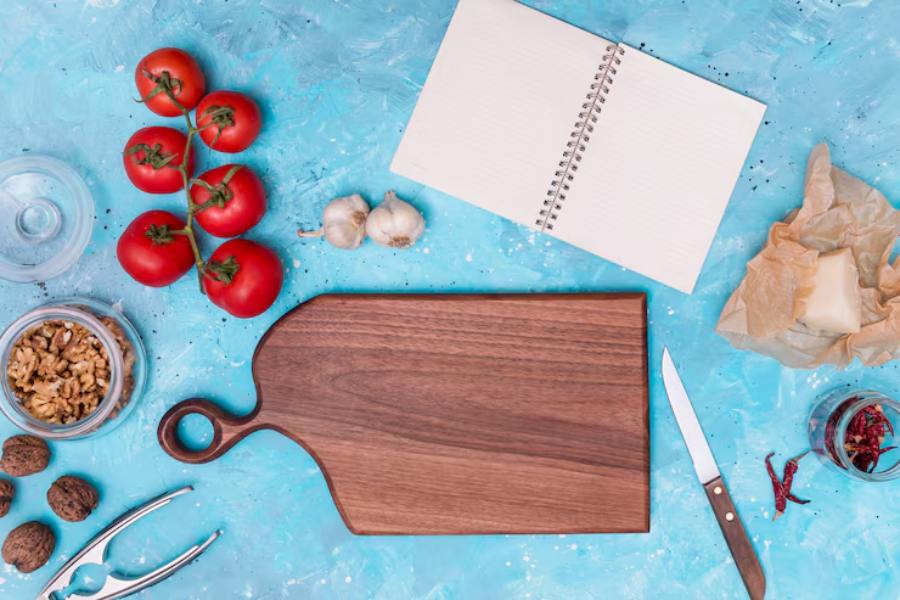Why Your Chopping Board Matters More Than You Think

When it comes to kitchen essentials, chopping boards often don’t get the spotlight. Most home cooks pay close attention to their knives, pans, and gadgets, but the humble chopping board is usually an afterthought. However, choosing the right board—and using it correctly—can significantly impact your food’s safety, your cooking efficiency, and even the longevity of your kitchen tools.
Food Safety Starts Here
One of the most important reasons to care about your chopping board is food safety. Cross-contamination is a real risk, especially when raw meat, poultry, or seafood comes into contact with foods like vegetables or fruits. A cutting board can easily harbor harmful bacteria if not cleaned properly. That’s why it’s crucial to use separate boards for different types of ingredients. Many chefs and health experts recommend color-coded boards—red for meat, green for vegetables, blue for fish, and so on—to reduce the risk of contamination.
Wooden boards are often preferred for dry ingredients and bread, while plastic boards are ideal for raw meats, as they can be washed at high temperatures or even go into the dishwasher. However, any board with deep cuts or grooves should be replaced regularly, as bacteria can hide in those crevices despite thorough cleaning.
The Knife’s Best Friend
Your chopping board directly affects your knife’s performance and longevity. Hard surfaces like glass, stone, or ceramic may look stylish but can dull your knife blades quickly. On the other hand, wood and high-quality plastic offer a gentler surface that preserves your knife edge. End-grain wooden boards (where the wood fibers are oriented vertically) are particularly knife-friendly and tend to “self-heal” from small cuts, making them more durable over time.
Efficiency in the Kitchen
A stable, well-sized chopping board can significantly improve your prep experience. If your board is too small, you’ll find yourself constantly shuffling ingredients around or using multiple surfaces. A board that slips or moves during use is not only frustrating but also dangerous. Look for boards with non-slip feet or place a damp towel underneath to keep them steady.
Additionally, some modern chopping boards come with built-in features like juice grooves to catch liquids, collapsible trays for easy transfer of ingredients, or antimicrobial properties that reduce the risk of bacteria buildup.
Environmental and Aesthetic Value
Sustainable materials like bamboo or responsibly harvested wood are not only better for the planet but also add a natural beauty to your kitchen. Unlike disposable plastic boards that wear out quickly, a well-maintained wooden board can last for years and even become a centerpiece of your cooking space.
In conclusion, your chopping board isn’t just a flat piece of wood or plastic—it’s a crucial tool in your culinary toolkit. The right board enhances safety, protects your knives, and streamlines your prep work. So next time you’re slicing, dicing, or chopping, give your board the attention it deserves. Your meals—and your fingers—will thank you.
